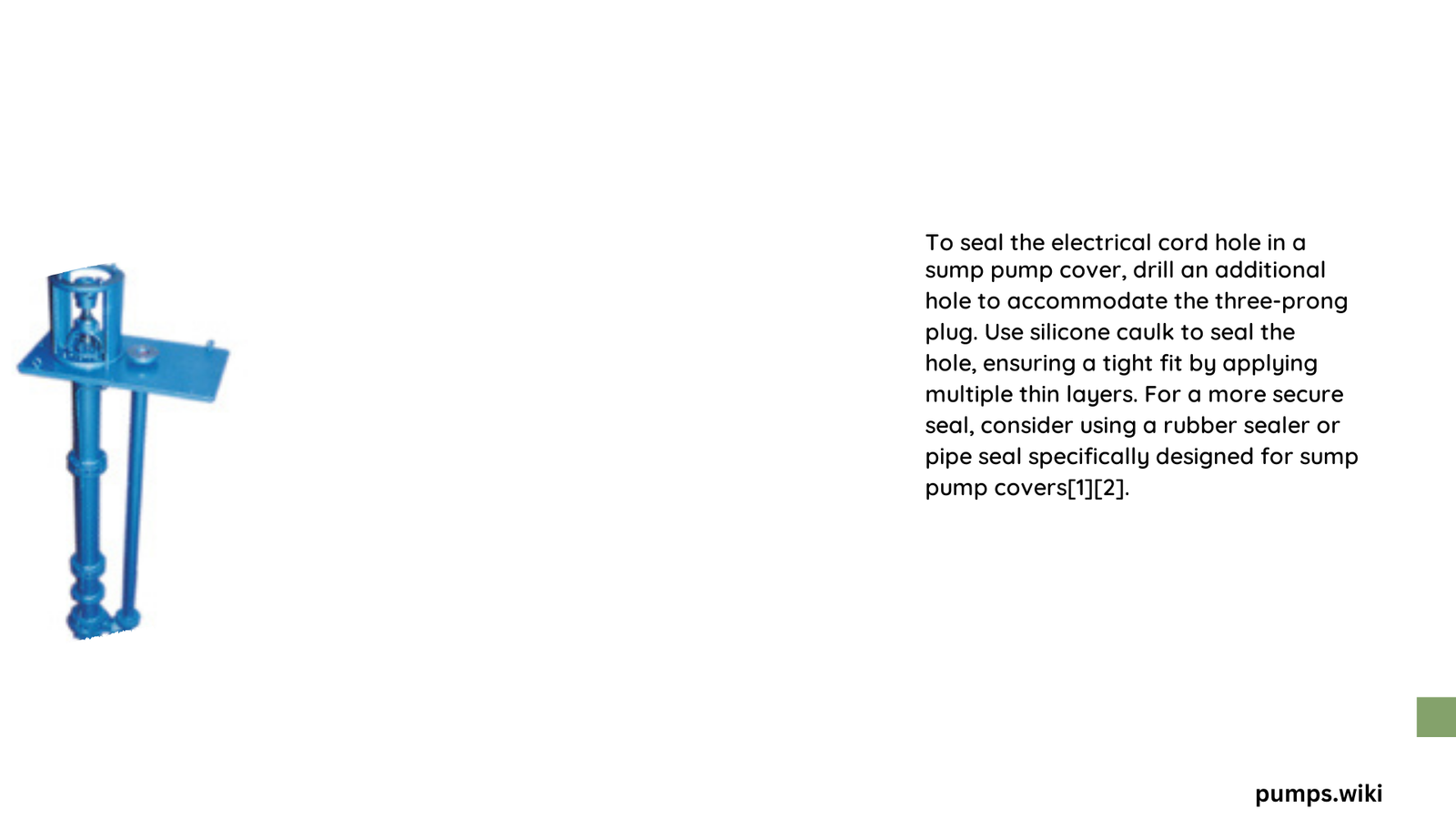A sump pump plug seal is a critical component that prevents water leakage and ensures the efficient operation of submersible pumps. This specialized seal creates a watertight barrier between the pump’s rotating shaft and stationary housing, protecting internal mechanisms from moisture, debris, and potential mechanical failures. Understanding its function, materials, and maintenance is essential for homeowners and professionals seeking reliable water management solutions.
What Makes a Sump Pump Plug Seal Critical?
Why Are Seal Materials Important?
Sump pump plug seals utilize advanced materials engineered for durability and performance:
| Material | Characteristics | Performance Rating |
|---|---|---|
| Urethane Rubber | High abrasion resistance | ★★★★☆ |
| Ethylene Propylene Rubber | Excellent chemical resistance | ★★★★ |
| Carbon/Ceramic | Superior wear protection | ★★★★★ |
| Buna-N Rubber | Flexible secondary sealing | ★★★☆ |
How Do Seal Dimensions Impact Performance?
Key Dimensional Considerations
- Seal Face Width: Typically ranges 0.25-0.75 inches
- Shaft Diameter Compatibility: 1-3 inches
- Seal Gap Tolerance: Microscopic precision (0.0005-0.002 inches)
What Are Common Seal Failure Mechanisms?
Sump pump plug seals can fail due to several critical factors:
- Mechanical Wear
- Shaft misalignment
- Excessive vibration
-
Abrasive particle contamination
-
Chemical Degradation
- Exposure to corrosive liquids
- Temperature fluctuations
-
Mineral deposit accumulation
-
Installation Errors
- Improper lubrication
- Incorrect torque application
- Misaligned components
Comprehensive Seal Installation Process

What Tools Are Required?
Essential tools for sump pump plug seal replacement:
– Adjustable wrench
– Torque wrench
– Lubricant
– Clean rags
– Replacement seal kit
– Safety gloves
Step-by-Step Installation Guide
Preparation Phase
- Disconnect electrical power
- Remove pump from installation site
- Drain remaining water
- Disassemble pump components
Seal Replacement Steps
- Remove old seal carefully
- Clean mounting surfaces thoroughly
- Inspect shaft for damage
- Apply recommended lubricant
- Position new seal precisely
- Reassemble pump components
- Verify proper alignment
How Often Should Seals Be Replaced?
Recommended Replacement Intervals:
– Normal Usage: Every 5-7 years
– High-Stress Environments: Every 3-5 years
– Industrial Applications: Annually or per manufacturer recommendations
Cost and Maintenance Considerations
What Are Typical Replacement Costs?
| Component | Price Range |
|---|---|
| Seal Kit | $30 – $80 |
| Professional Installation | $150 – $350 |
| DIY Replacement | $50 – $150 |
Maintenance Best Practices
- Conduct quarterly visual inspections
- Monitor pump performance metrics
- Listen for unusual operational sounds
- Check for minor leakage signs
- Maintain clean pump environment
Expert Recommendations
Professionals suggest:
– Always use manufacturer-recommended seal specifications
– Prioritize quality over cost
– Understand your specific pump’s operational environment
– Maintain detailed maintenance records
Troubleshooting Quick Reference
Signs of Seal Failure
- Persistent water leakage
- Increased pump noise
- Reduced pumping efficiency
- Visible seal degradation
Final Insights
Sump pump plug seals represent a small but crucial component in water management systems. Proper selection, installation, and maintenance ensure long-term reliability and prevent costly water damage.
